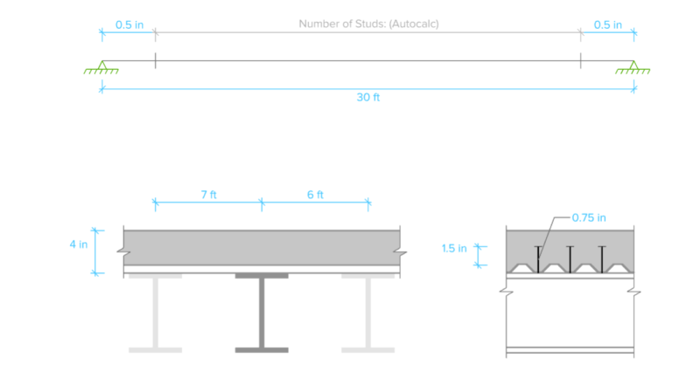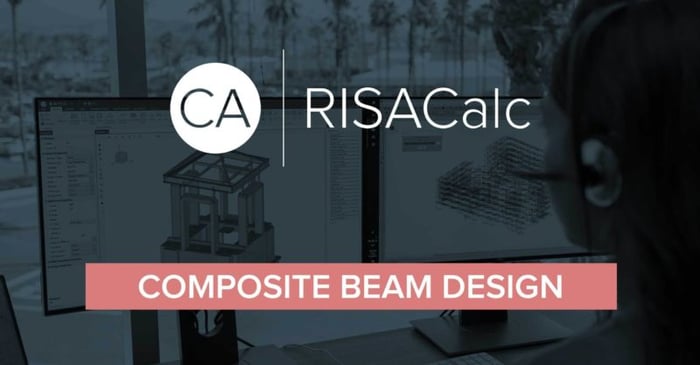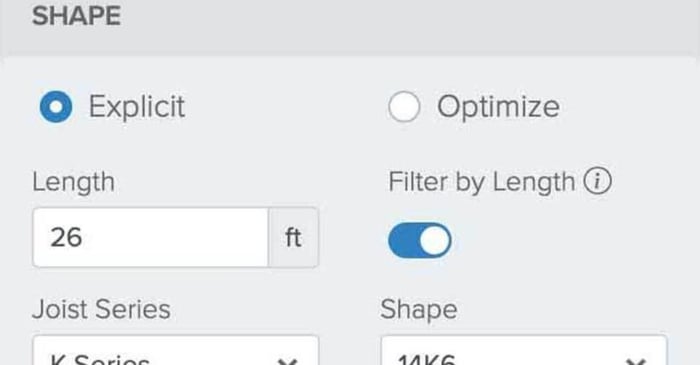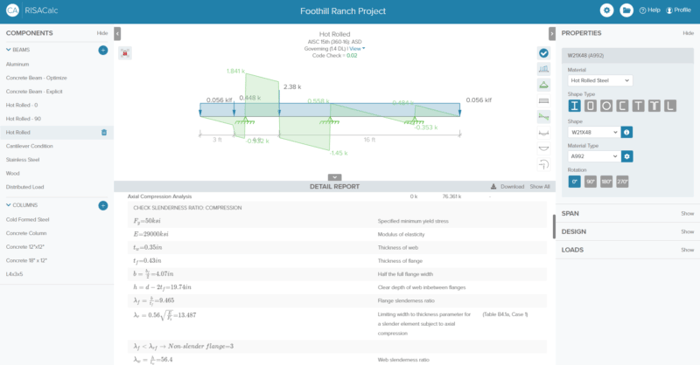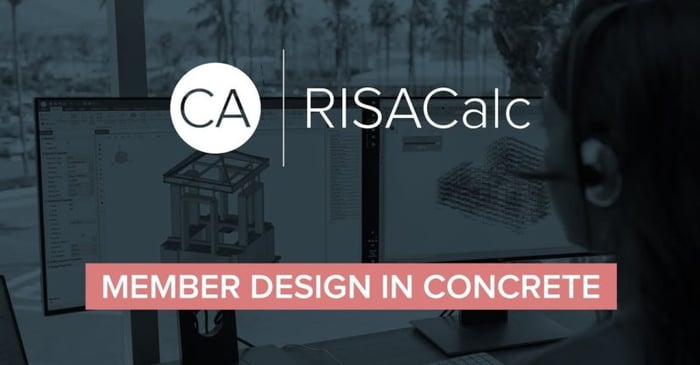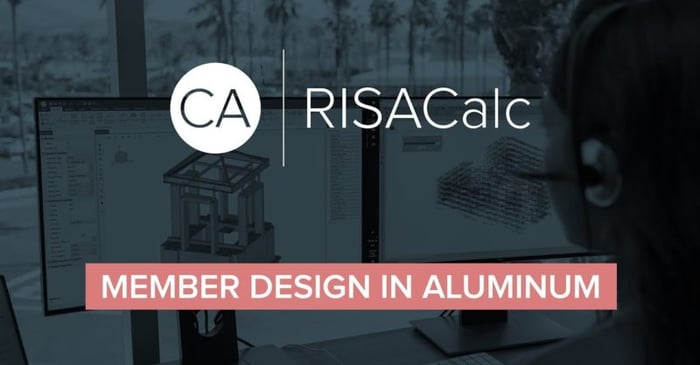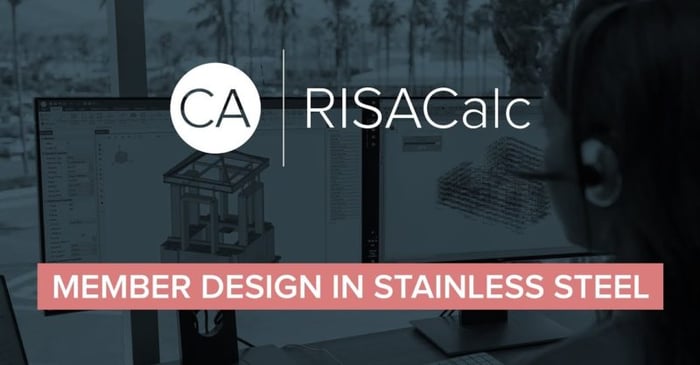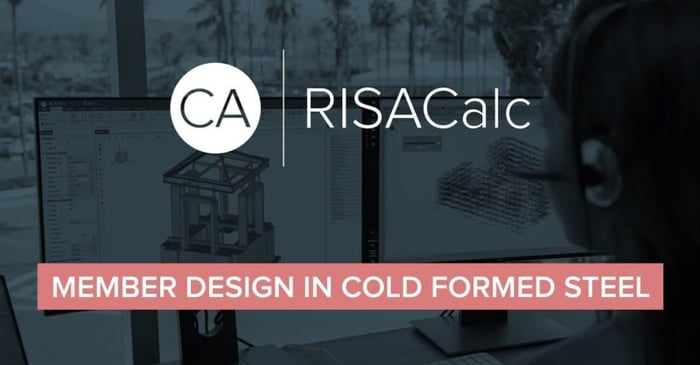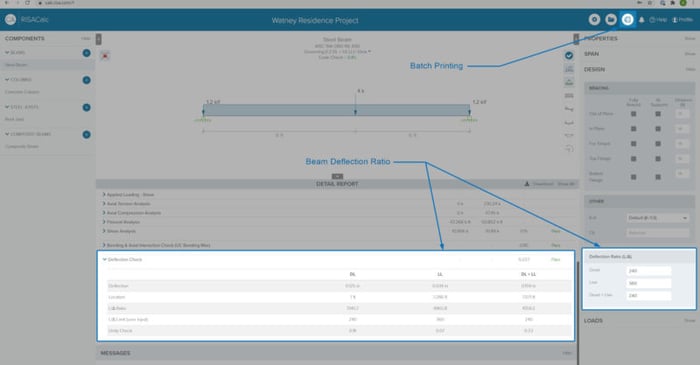
June 29, 2021
Batch Printing & Beam Deflection Ratio Checks Now Available in…
As our team is hard at work updating and improving RISACalc based on customer feedback and requests. This latest release (Version 2.1) now includes two new features; deflection ratio checks for beam components and batch report printing.




